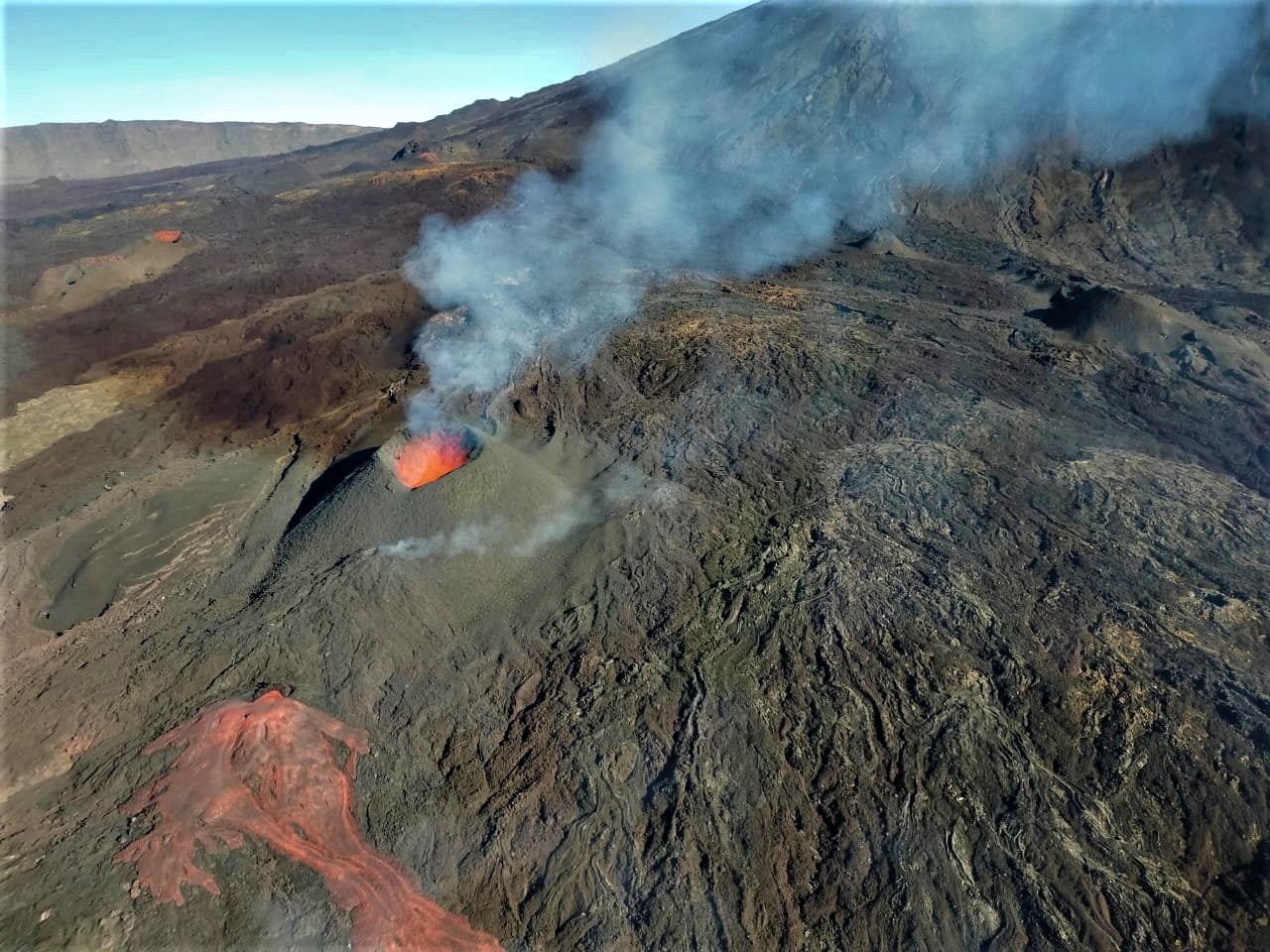January 04, 2022. EN. La Reunion Island : Piton de la Fournaise , Peru : Sabancaya , Indonesia : Ili Lewotolok , Chile : Nevados de Chillan , Ecuador : Tungurahua .
January 04 , 2022. La Réunion Island , Piton de la Fournaise : Press release of January 03, 2022 - 4:00 p.m. The eruption that began on December 22,…

